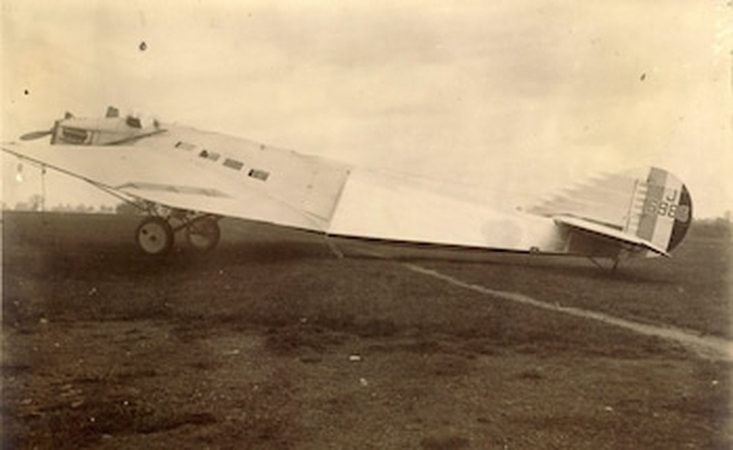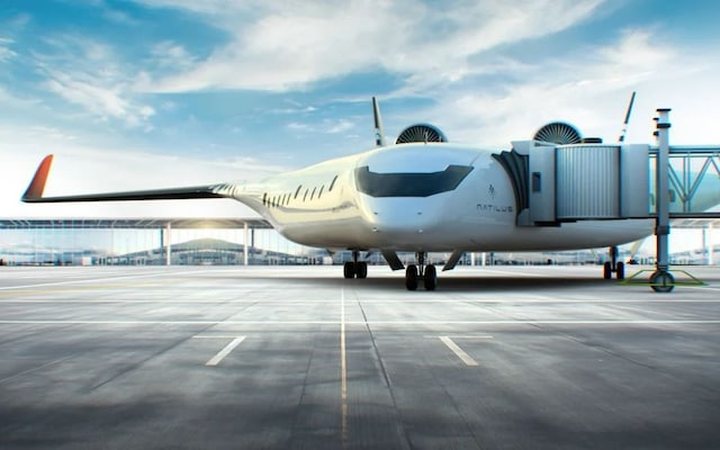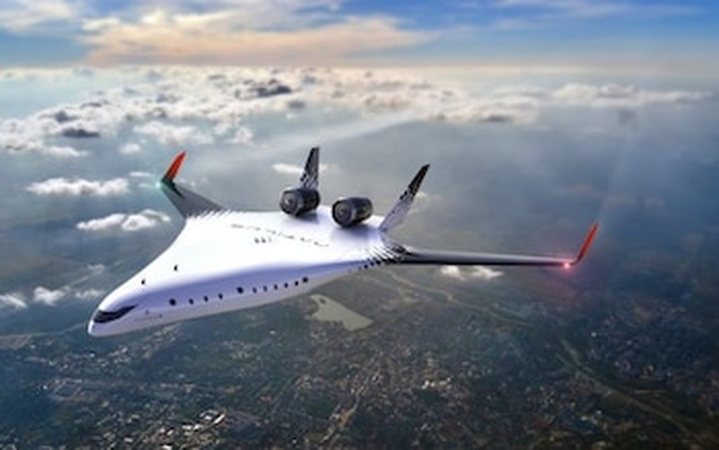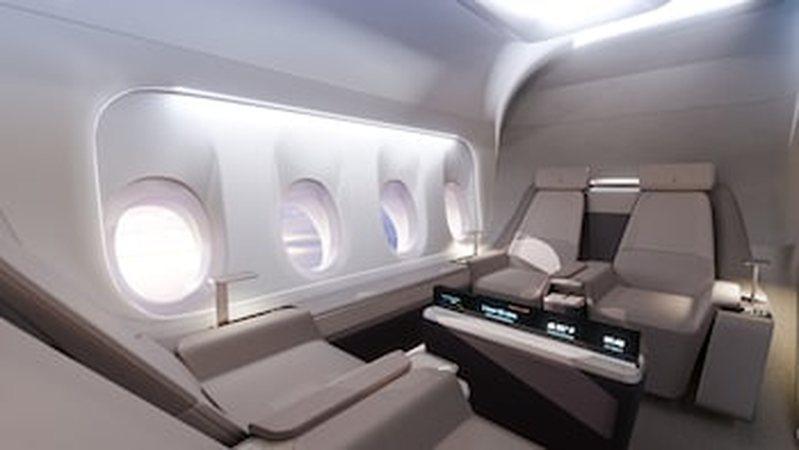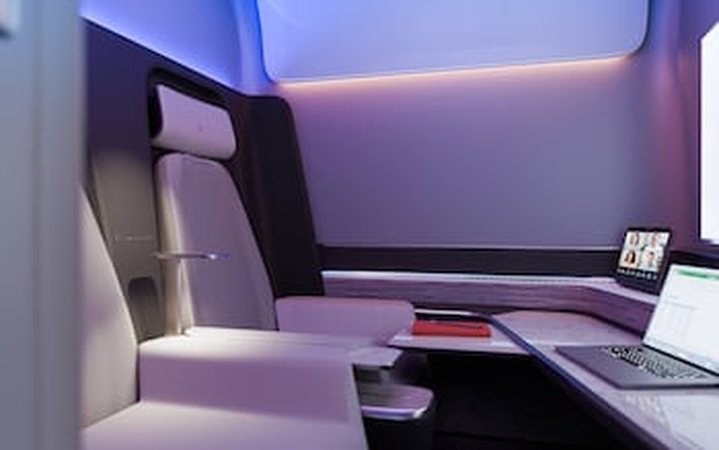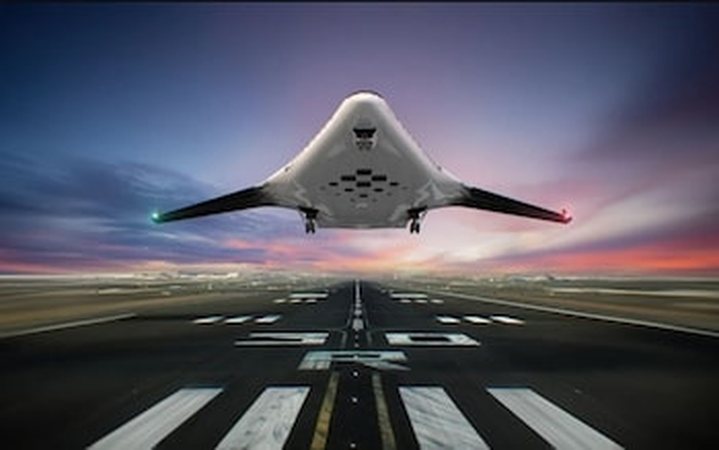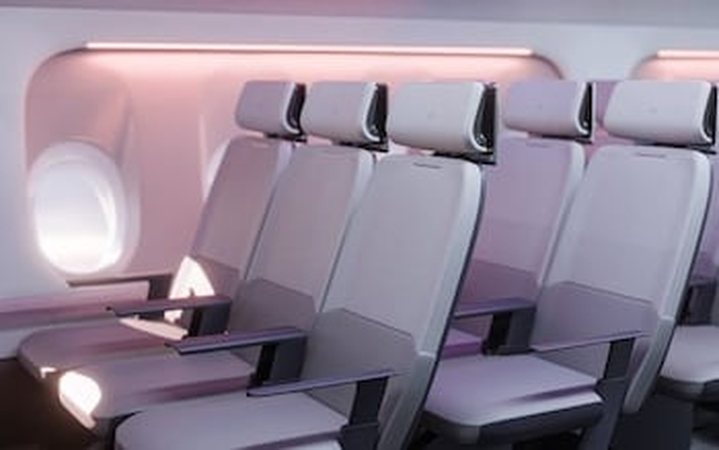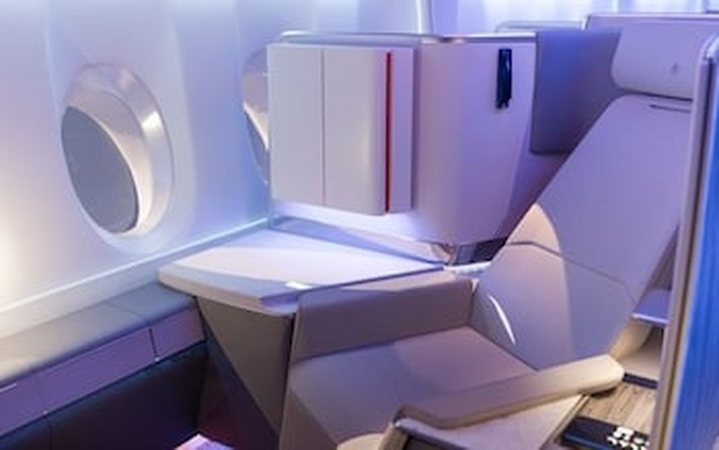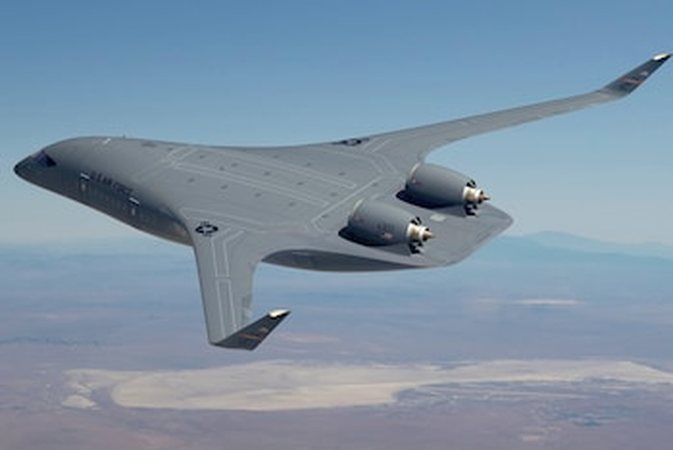A century after the first flight of a blended-wing body, an attempt that ended in a crash, this revolutionary concept is making a strong comeback on the aviation scene. Companies like Airbus, Boeing, Bombardier and numerous start-ups are experimenting with the aerodynamic design known as “blended-wing body” (BWB), with the aim of creating more fuel-efficient, wider and cheaper to maintain aircraft.
One of the companies leading this revolution is Natilus, a San Diego-based startup founded in 2016 by engineers Aleksey Matyushev and Anatoly Starikov, writes A2 CNN. Their aircraft, called “Horizon,” has a capacity of up to 196 passengers and a flight range of 3,500 nautical miles. Unlike traditional “tube and wing” designs, this aircraft’s fuselage and wings are joined together in a fluid manner, making the aircraft more aerodynamic and significantly reducing fuel consumption.
Compared to the Boeing 737-800, which has a similar capacity and range, the Horizon offers a major advantage in operational efficiency. Natilus claims that the aircraft will be 25% lighter and will reduce operating costs by 50%, while being able to operate on existing airport infrastructure and with conventional engines.
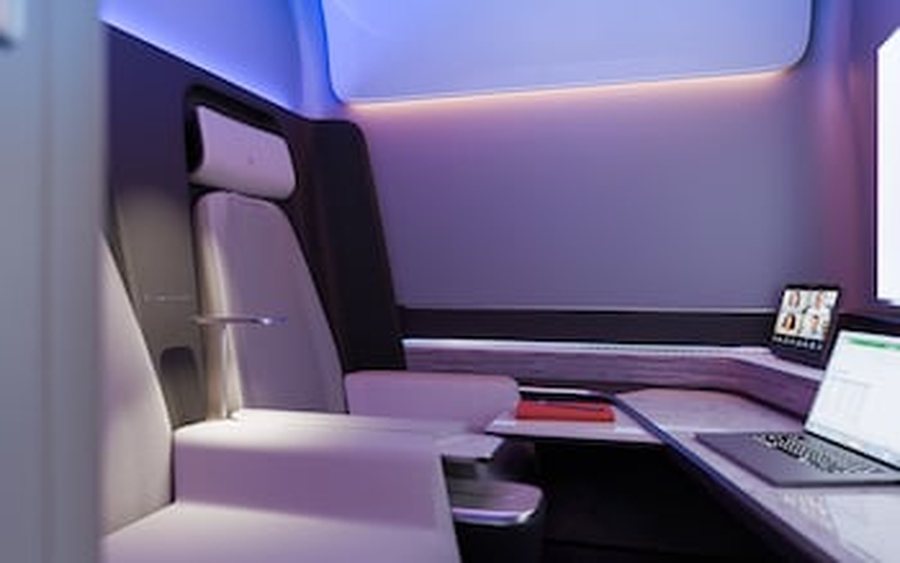
The aircraft's interior design is also innovative. With three aisles and a wide structure, it offers more space for passengers, the ability for in-flight video conferencing, and the ability for passengers to sit facing each other on long flights. This is an experience that cannot be offered by tubular aircraft.
But the benefits don't stop there. Thanks to its shape, the plane is expected to be quieter in flight, as it will use smaller engines positioned above the fuselage, reducing noise for passengers. According to Natilus, these planes will be 40% quieter than traditional ones.
However, the idea is fraught with challenges. The lack of a traditional tail and the non-cylindrical shape of the body raise questions about the stability and pressurization of the cabin. Also, the limited number of windows and emergency exits could create problems in the event of an evacuation. Despite the technical and regulatory obstacles, experts are optimistic. (A2 Televizion)

